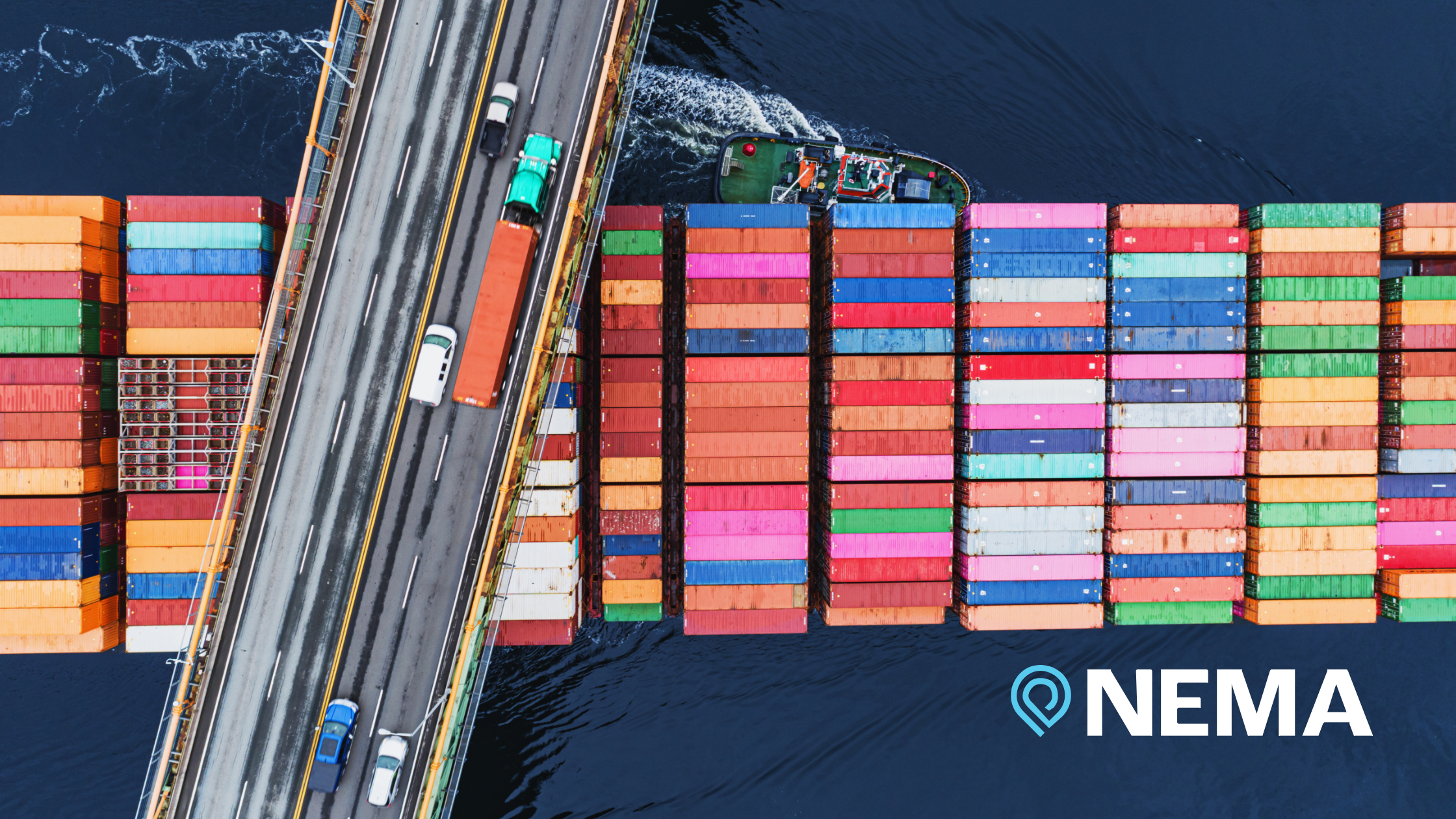
In response to global disruptions and evolving economic dynamics, businesses are increasingly turning to nearshoring as a strategic solution. For North American companies, relocating manufacturing and supply chain operations closer to home offers numerous advantages, from reducing transportation costs to enhancing operational agility.
At NEMA, we recognize the pivotal role nearshoring plays in building resilient and efficient supply chains. By understanding the geopolitical and economic factors influencing logistics, we help businesses navigate this strategic shift effectively.
The Benefits of Nearshoring Compared to Offshoring
While offshoring to distant countries like China or Southeast Asia was once the norm, nearshoring presents several advantages:
- Reduced Transportation Costs and Lead Times: Proximity to North American markets significantly lowers shipping expenses and ensures faster delivery.
- Enhanced Supply Chain Resilience: Shorter supply chains are less vulnerable to disruptions, including geopolitical tensions and natural disasters.
- Improved Communication and Collaboration: Time zone alignment and geographic proximity foster better supplier relationships and quicker decision-making.
Key Nearshoring Locations in Mexico and Canada
Mexico and Canada have emerged as prime nearshoring destinations due to their strong manufacturing capabilities, skilled workforce, and proximity to the U.S. market.
- Mexico: Known for its automotive, electronics, and aerospace industries, Mexico offers competitive labor costs and a well-established manufacturing ecosystem. Industrial hubs like Monterrey, Tijuana, and Querétaro are leading the charge.
- Canada: With its advanced infrastructure, reliable regulatory environment, and strong trade relations with the U.S., Canada is an ideal choice for industries such as technology, aerospace, and machinery.
Logistics Considerations for Nearshoring Operations
Effective nearshoring requires meticulous logistics planning. Companies should consider:
- Cross-Border Transportation: Partnering with experienced logistics providers ensures smooth customs clearance and efficient cross-border operations.
- Warehousing and Distribution Centers: Establishing regional hubs minimizes storage costs and improves last-mile delivery.
- Supplier Network Management: Diversifying suppliers within nearshore regions adds resilience and reduces dependency on a single source.
- Technology Integration: Leveraging digital tools for real-time tracking and predictive analytics enhances visibility and decision-making.
The Impact on Lead Times and Transportation Costs
Nearshoring directly impacts operational efficiency by reducing lead times and transportation expenses. Businesses can respond more quickly to market demands, mitigate supply chain risks, and improve customer satisfaction. Additionally, lower fuel consumption and emissions contribute to sustainability goals.
NEMA: Your Partner in Nearshoring Success
At NEMA, we provide comprehensive supply chain solutions tailored to support your nearshoring initiatives. From risk management to Foreign Trade Zone expertise to logistics optimization, the NEMA Team ensures a seamless transition and long-term operational success.
Contact NEMA today to learn how we can help you capitalize on the advantages of nearshoring and build a resilient, future-ready supply chain.



